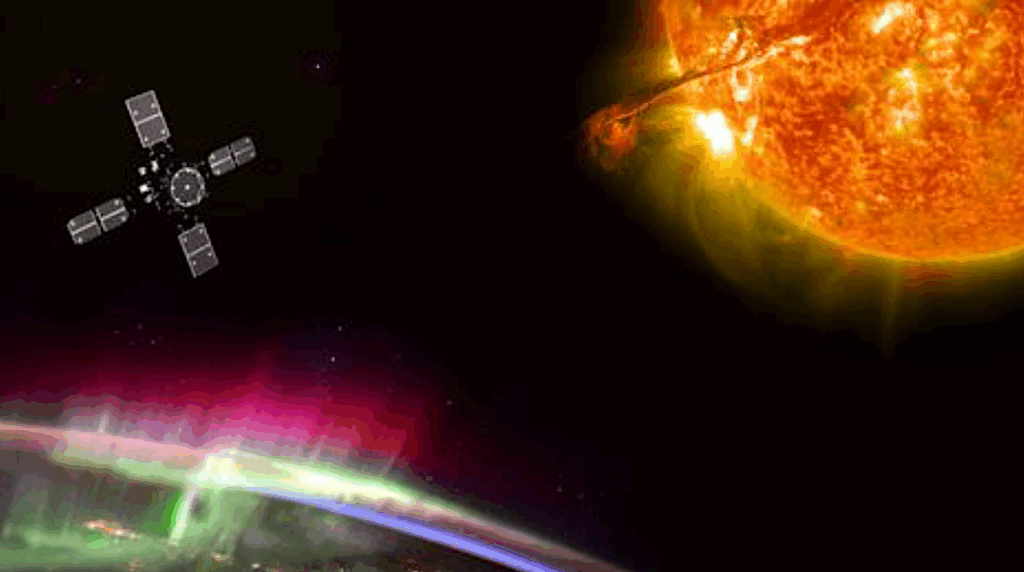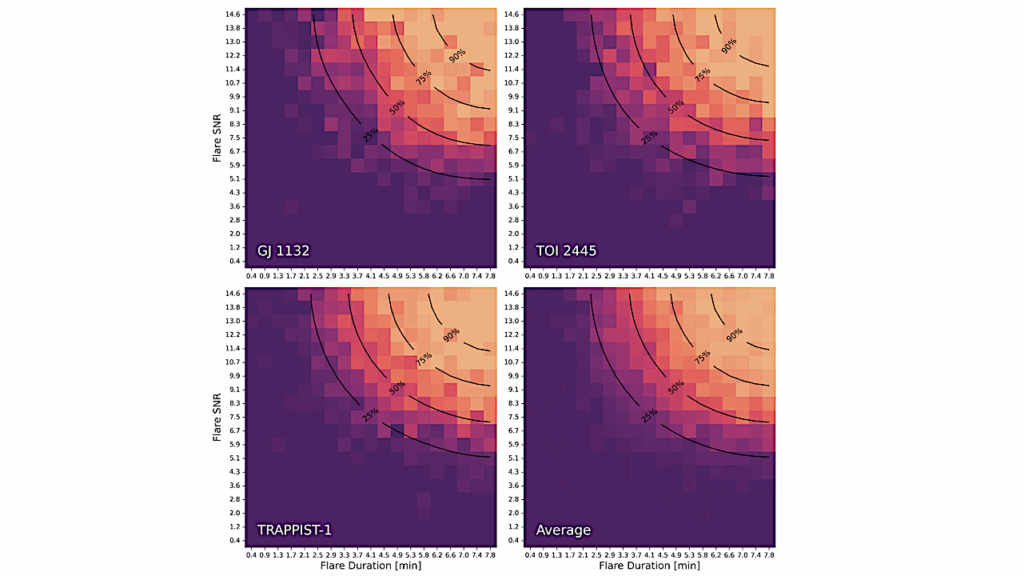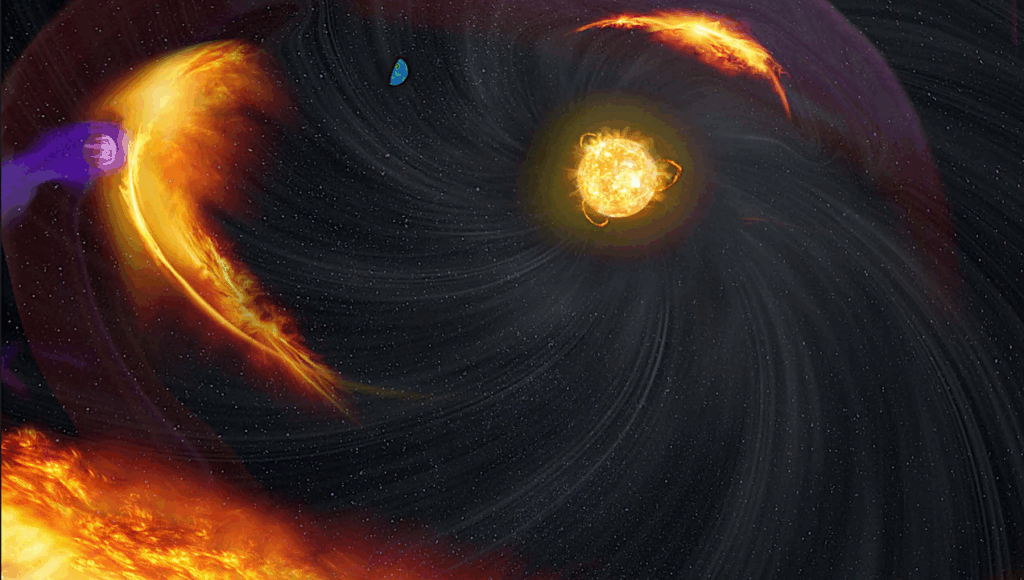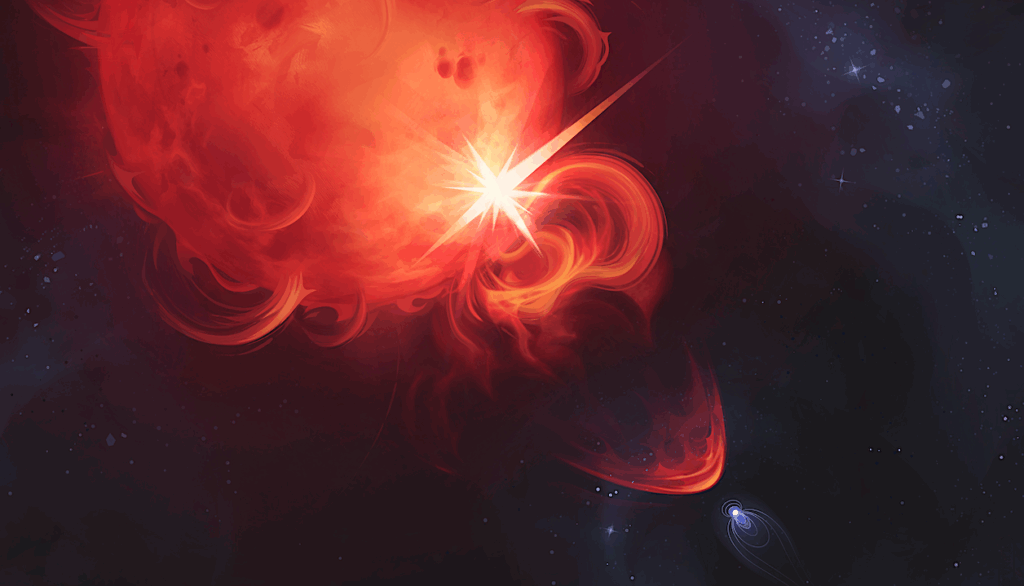Constraining the Physical Properties of Stellar Coronal Mass Ejections with Coronal Dimming: Application to Far Ultraviolet Data of ε Eridani

Coronal mass ejections (CMEs) are a prominent contributor to solar system space weather and might have impacted the Sun’s early angular momentum evolution.
A signal diagnostic of CMEs on the Sun is coronal dimming: a drop in coronal emission, tied to the mass of the CME, that is the direct result of removing emitting plasma from the corona. We present the results of a coronal dimming analysis of Fe XII 1349 A and Fe XXI 1354 A emission from ϵ Eridani (ϵ Eri), a young K2 dwarf, with archival far-ultraviolet observations by the Hubble Space Telescope’s Cosmic Origins Spectrograph. Following a flare in February 2015, ϵ Eri’s Fe XXI emission declined by 81±5%.
Although enticing, a scant 3.8 min of preflare observations allows for the possibility that the Fe XXI decline was the decay of an earlier, unseen flare. Dimming nondetections following each of three prominent flares constrain the possible mass of ejected Fe XII-emitting (1 MK) plasma to less than a few ×1015 g. This implies that CMEs ejecting this much or more 1 MK plasma occur less than a few times per day on ϵ Eri.
On the Sun, 1015 g CMEs occur once every few days. For ϵ Eri, the mass loss rate due to CME-ejected 1 MK plasma could be <0.6 M˙⊙, well below the star's estimated 30 M˙⊙ mass loss rate (wind + CMEs). The order-of-magnitude formalism we developed for these mass estimates can be broadly applied to coronal dimming observations of any star.
R. O. Parke Loyd, James Mason, Meng Jin, Evgenya L. Shkolnik, Kevin France, Allison Youngblood, Jackie Villadsen, Christian Schneider, Adam C. Schneider, Joseph Llama, Tahina Ramiaramanantsoa, Tyler Richey-Yowell
Comments: 27 pages, 22 figures, accepted to ApJ
Subjects: Solar and Stellar Astrophysics (astro-ph.SR)
Cite as: arXiv:2207.05115 [astro-ph.SR] (or arXiv:2207.05115v1 [astro-ph.SR] for this version)
https://doi.org/10.48550/arXiv.2207.05115
Focus to learn more
Submission history
From: R. O. Parke Loyd [view email]
[v1] Mon, 11 Jul 2022 18:14:49 UTC (5,767 KB)
https://arxiv.org/abs/2207.05115
Astrobiology








